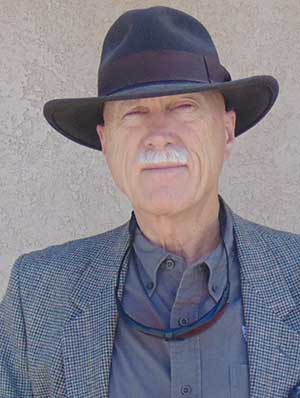
BRAZILIAN PRESIDENT ELECT BOLSONARO
IS SERIOUS ABOUT GUN LAW REFORM
BY DEAN WEINGARTEN
republished below in full unedited for informational, educational and research purposes:
Brazil -(Ammoland.com)- Brazilian
President-Elect Jair Bolsonaro is showing he is not your typical
politician. Bolsonaro has held his political doctrines for decades. For
decades, he has been unable to have them implemented because of the
power of entrenched leftists in the Brazilian
government. One of those deeply held positions is the belief that
trusting the people with more power is the ethical thing to do.
Specifically, President-Elect Bolsonaro is willing to trust them to be capable of protecting themselves with their own firearms.
The government of Brazil has taken the opposite tactic for forty years, making firearms harder and harder for Brazilians to legally own and use for self-defense. From South China Morning Post:
The government of Brazil has taken the opposite tactic for forty years, making firearms harder and harder for Brazilians to legally own and use for self-defense. From South China Morning Post:
In his first television interview since being elected on Sunday, former army captain Jair Bolsonaro said it was time to abandon what he called the “politically correct fallacy” that Brazil would be a safer place if everybody was unarmed.
“It won’t be any better. If there were three or four armed people here now, I’d be certain that some nutter wouldn’t be able to come in through that door and do something bad,” the right-wing populist told his interviewer from Record, a television channel owned by one of his powerful supporters.
In the 30-minute interview, Bolsonaro – whose sons and supporters are often seen sporting clothing or hats celebrating automatic weapons and the National Rifle Association – said he believed gun laws should be made more flexible.
(snip)During the last forty years, the Brazilian murder rate has gone up and up and up. In 1980, Brazil had a murder rate of about 12 per 100,000 people.
Allowing more people to carry weapons and defend themselves with guns would certainly reduce violence, Bolsonaro claimed.
Brazil had an official murder rate of 30.8 per 100,000 people in 2017. Brazil has about eight firearms for every 100 people. The United States has about 122 firearms per 100 people. The United States has about fifteen times as many firearms per person as Brazil.
The United States has only one-sixth the rate of homicide in Brazil, while it has fifteen times as many guns per person.
The murder rate in both countries is driven by urban, black, young men, primarily organized into gangs.
Fear of crime in Brazil was a significant driver in the 2018 election cycle.
The number of guns in a society does not drive the murder rate. More guns in Brazil will not do more harm.
The lawless in Brazil have plenty of guns. There are not that many violent criminals. If violent criminals cannot buy guns on the black market, they make them in small shops. Fully automatic submachine guns are one of the simplest repeaters to make. They are a favorite of Brazilian gangs.
Brazilians who refuse to be victims of crime have not been able to effectively fight back or protect themselves. They have had to become criminals if they carry the means to defend their lives.
President-Elect Bolsonaro aims to change that. He aims for a transformation of the relationship between the law-abiding population and the law enforcers. Armed citizens and police are natural allies. Disarmed Citizens are not the equal of armed police.
Increase trust in the government. Have more citizens become more difficult to victimize.
It could work. It won't hurt.
About Dean Weingarten:

Dean Weingarten has been a peace officer, a military officer, was on the University of Wisconsin Pistol Team for four years, and was first certified to teach firearms safety in 1973. He taught the Arizona concealed carry course for fifteen years until the goal of constitutional carry was attained. He has degrees in meteorology and mining engineering, and recently retired from the Department of Defense after a 30 year career in Army Research, Development, Testing, and Evaluation.